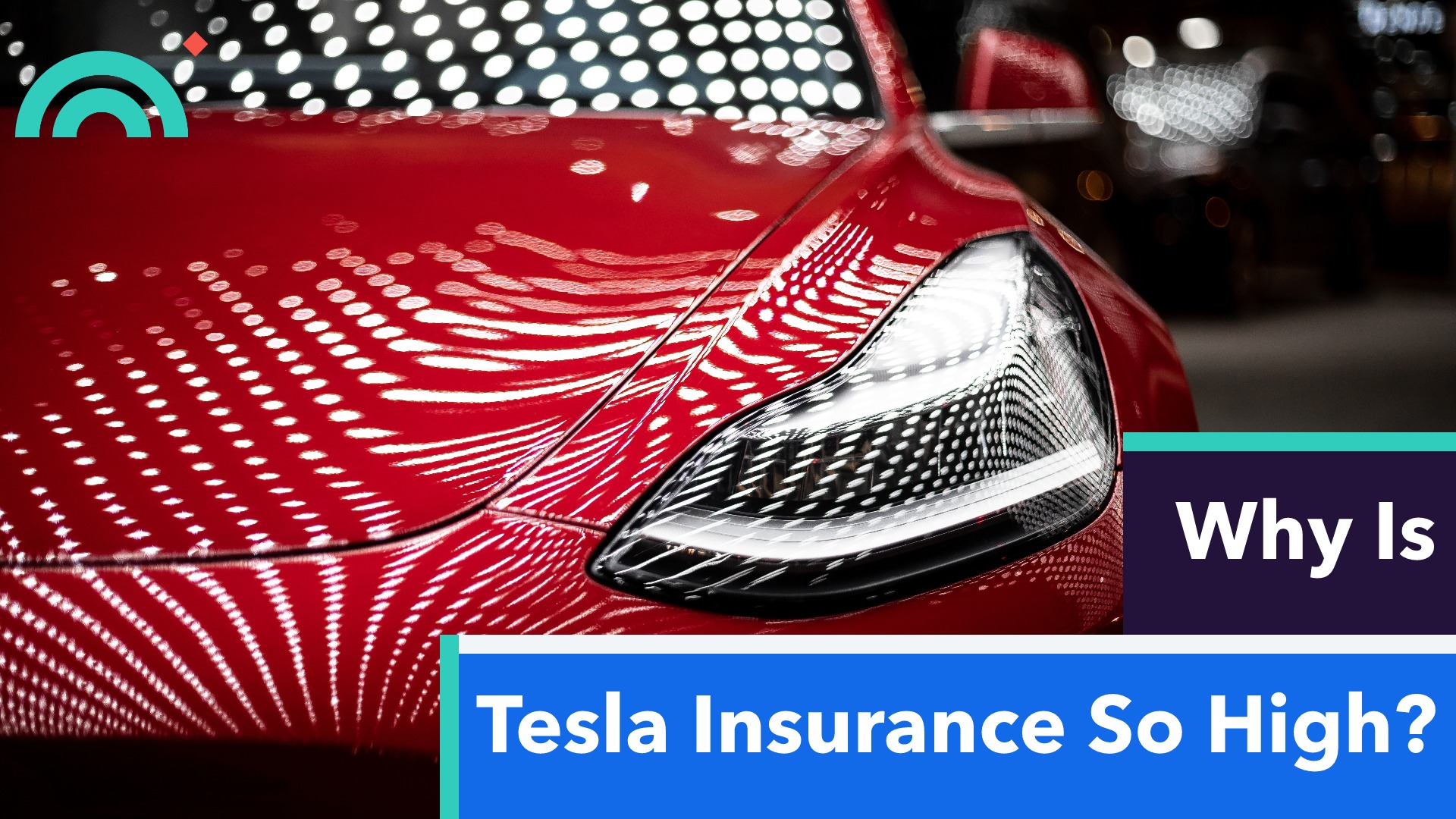If you’re a proud Tesla owner or aspiring to join the electric vehicle revolution, you’ve likely encountered a perplexing phenomenon – the staggeringly high insurance rates associated with these cutting-edge cars. As you navigate the world of Tesla ownership, understanding the factors behind these elevated premiums becomes crucial. In this article, we’ll delve into the intricacies of Tesla insurance, unraveling the reasons behind the steep costs and providing you with valuable insights to make an informed decision.
The Tesla Effect: Costly Repairs and High-Tech Components
One of the primary reasons for the elevated insurance rates for Teslas lies in the advanced technology and specialized components that make up these vehicles. Unlike traditional gasoline-powered cars, Teslas are packed with cutting-edge features and intricate systems that demand meticulous repair and replacement processes.
-
Proprietary Parts: Tesla vehicles are designed with proprietary parts and components, many of which are unique to the brand. These specialized components can be challenging to source and often come at a premium price, driving up repair costs significantly.
-
High-Tech Systems: From the sophisticated lithium-ion battery packs to the intricate self-driving hardware and software, Teslas are loaded with advanced technology. Repairing or replacing these high-tech systems can be a complex and expensive endeavor, contributing to higher insurance premiums.
-
Aluminum Body Construction: Unlike traditional steel bodies, Teslas are constructed using lightweight aluminum, which requires specialized tools and expertise for repairs. This added complexity translates into higher labor costs for body shops and, consequently, higher insurance rates.
The Performance Factor: Speed and Power
While Tesla’s commitment to sustainability and eco-friendliness is undeniable, these vehicles also pack a powerful punch when it comes to performance. The high-torque electric motors and impressive acceleration capabilities of Teslas make them a thrilling ride, but this exhilarating experience comes with a price tag – increased insurance premiums.
-
Speeding Risks: The instant torque and impressive acceleration of Teslas can tempt drivers to push the limits, potentially leading to speeding incidents and higher risks on the road. Insurers factor in this potential for reckless driving, which contributes to higher premiums.
-
Collision Severity: With their impressive power and speed, Teslas have the potential to cause more severe collisions, resulting in higher repair costs. Insurers take this into account when calculating rates, as more severe accidents often translate into higher payouts.
The Repair Shop Conundrum: Limited Expertise and Facilities
While Tesla has established its own network of certified repair facilities, the widespread availability of qualified technicians and repair shops remains a challenge. This limited access to specialized repair services can lead to extended repair times and increased costs, which insurers ultimately factor into their premium calculations.
-
Certified Technician Shortage: The demand for skilled technicians trained to work on Tesla’s unique systems often outstrips the supply, leading to longer wait times and higher labor costs for repairs.
-
Specialized Equipment and Tools: Repairing a Tesla requires specialized equipment and tools, which not all body shops may have readily available. This lack of resources can further delay repairs and drive up costs.
-
Parts Availability: Due to the proprietary nature of Tesla’s components, obtaining replacement parts can be a time-consuming process, adding to the overall repair timeline and associated costs.
The Insurance Industry’s Perspective: Data-Driven Decisions
It’s important to understand that insurance companies base their rates on historical data and risk assessments. While Tesla’s advanced safety features and commitment to sustainability are laudable, the insurance industry’s approach is primarily data-driven, and they may not yet have sufficient long-term data to fully account for these factors.
-
Limited Historical Data: Tesla is a relatively new player in the automotive industry, and insurers may not have enough data on long-term repair costs, claim frequencies, and other factors specific to these vehicles.
-
Risk Assessment Methodology: Insurance companies rely on actuarial models and historical data to assess risks and calculate premiums. The unique nature of Tesla vehicles and the lack of long-term data can make it challenging to accurately predict potential losses and associated costs.
-
Evolving Technology: As Tesla continues to push the boundaries of innovation, insurers may face challenges in keeping up with the rapidly evolving technology, leading to a more conservative approach in their risk assessments and premium calculations.
Finding the Right Balance: Tips for Tesla Owners
While the high insurance rates for Teslas can be frustrating, there are steps you can take to potentially mitigate these costs:
-
Shop Around: Insurance rates can vary significantly among providers. Obtain quotes from multiple insurers and compare their offerings to find the most competitive rates for your Tesla.
-
Maintain a Clean Driving Record: A clean driving record with no accidents or violations can help lower your insurance premiums, as insurers view you as a lower risk.
-
Consider Usage-Based Insurance: Some insurers offer usage-based insurance programs that track your driving habits and reward safe driving with lower rates. Tesla’s advanced telematics capabilities can make this a viable option.
-
Explore Bundling Discounts: If you have other insurance policies, such as homeowners or renters insurance, bundling them with your auto insurance may qualify you for discounts from some providers.
-
Install Additional Safety Features: While Tesla already incorporates advanced safety systems, installing additional features like dash cams or anti-theft devices can sometimes result in small discounts from insurers.
As the electric vehicle market continues to evolve and Tesla’s technology becomes more widespread, insurance rates may eventually stabilize. However, for now, understanding the factors contributing to the high costs can help you make informed decisions and navigate the world of Tesla insurance with greater confidence.
Why Insurance for your Tesla is MORE EXPENSIVE
FAQ
Why is Tesla so expensive on insurance?
Why are Tesla’s so hard to insure?
Which insurance is cheapest for Tesla?
How to reduce Tesla car insurance?

